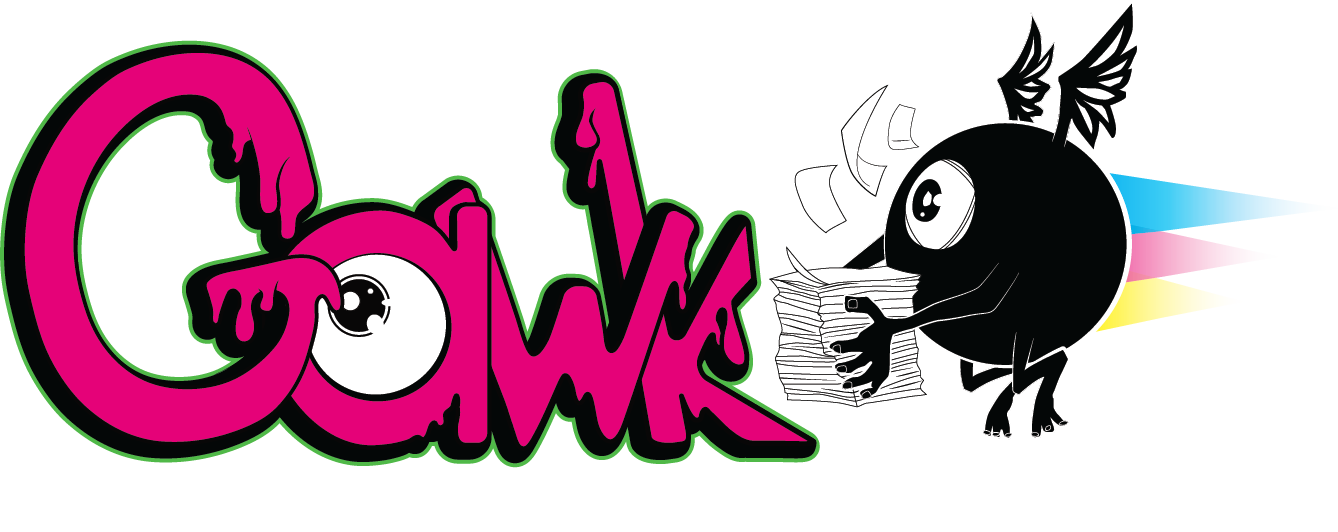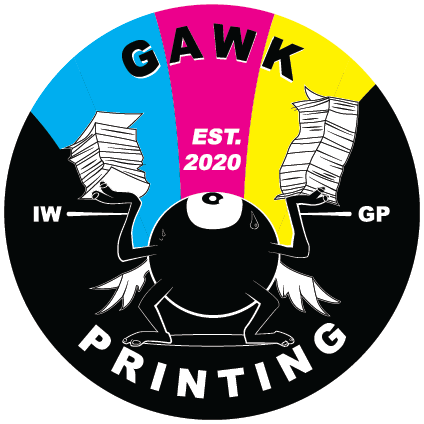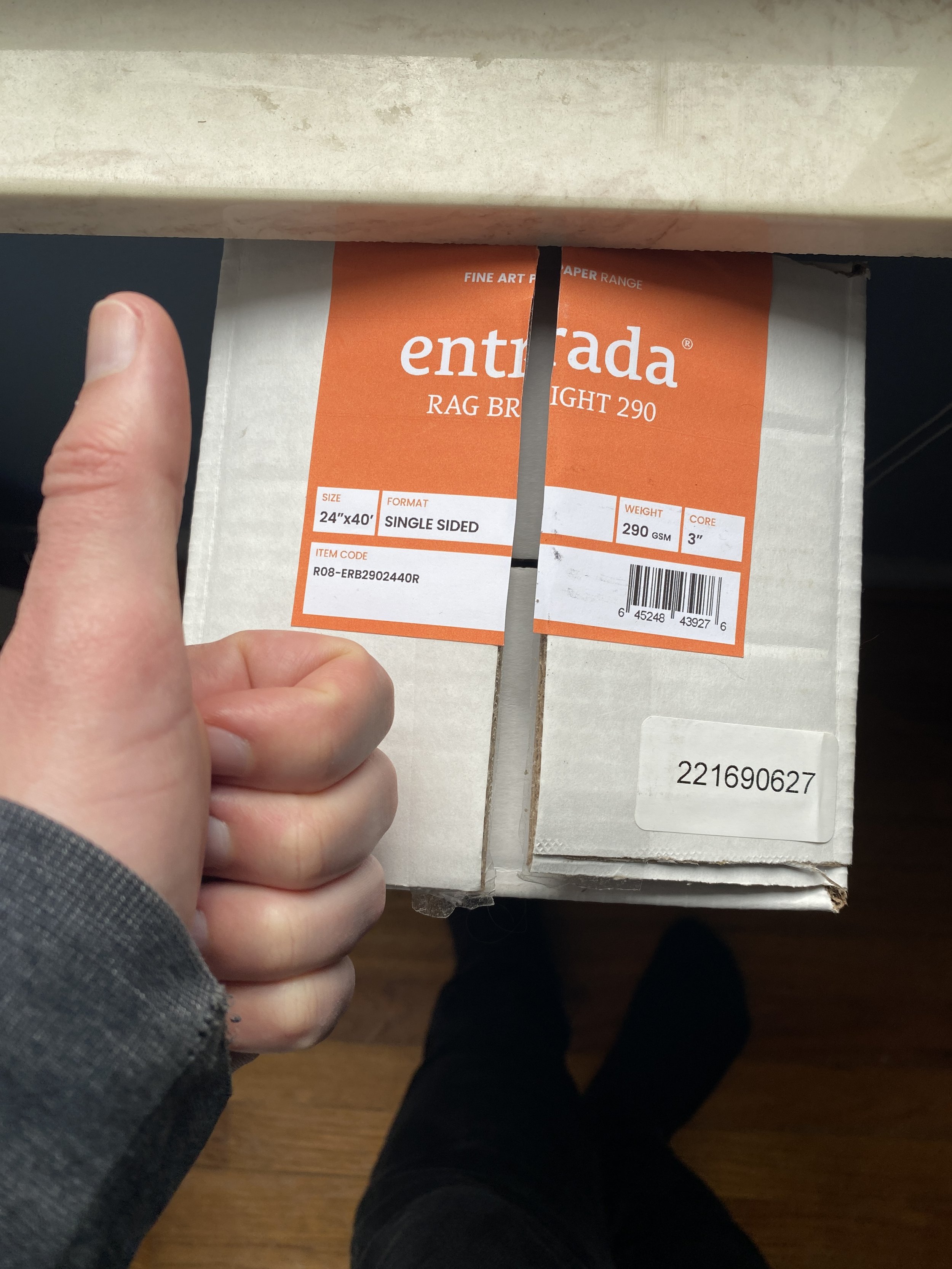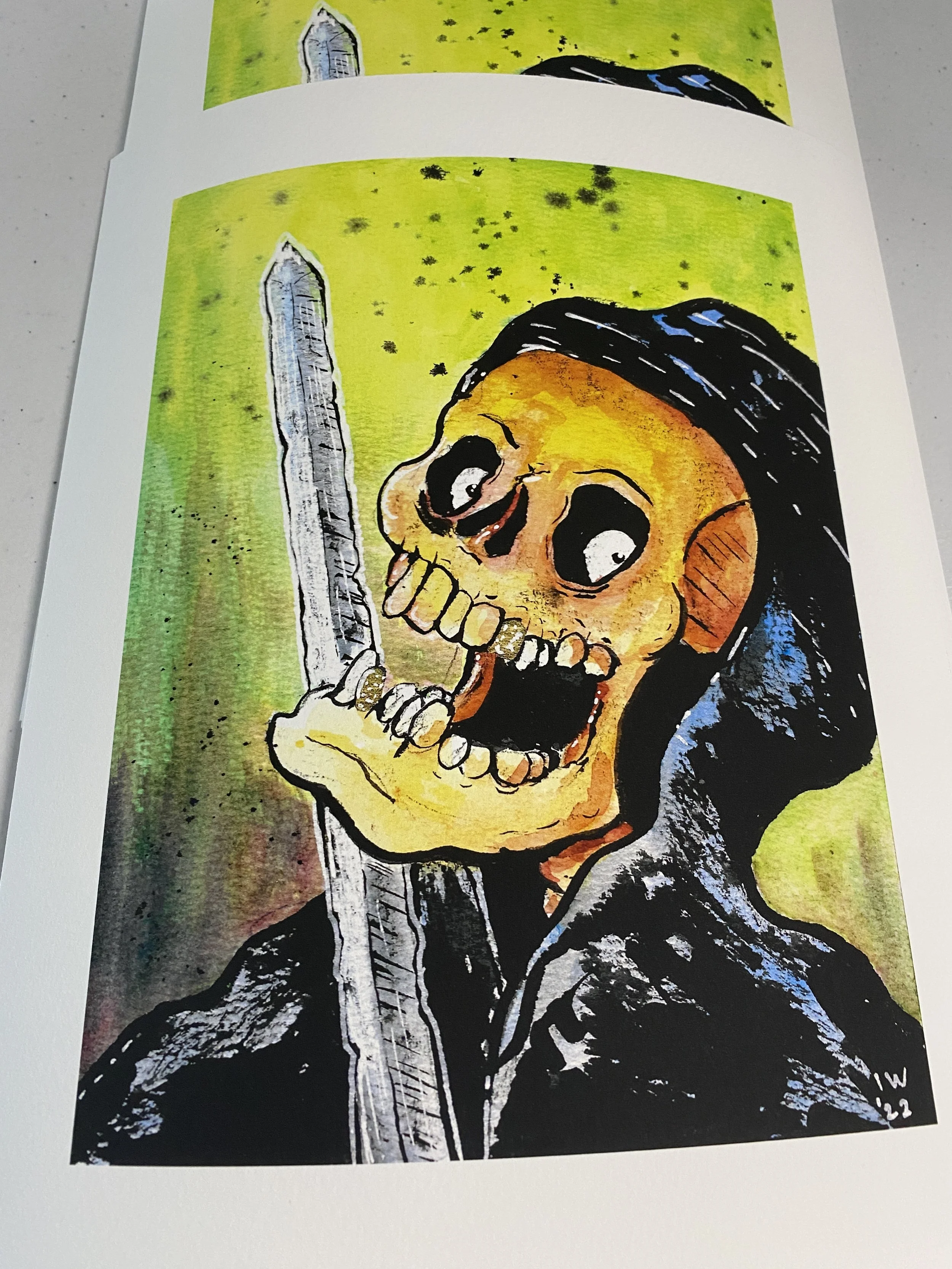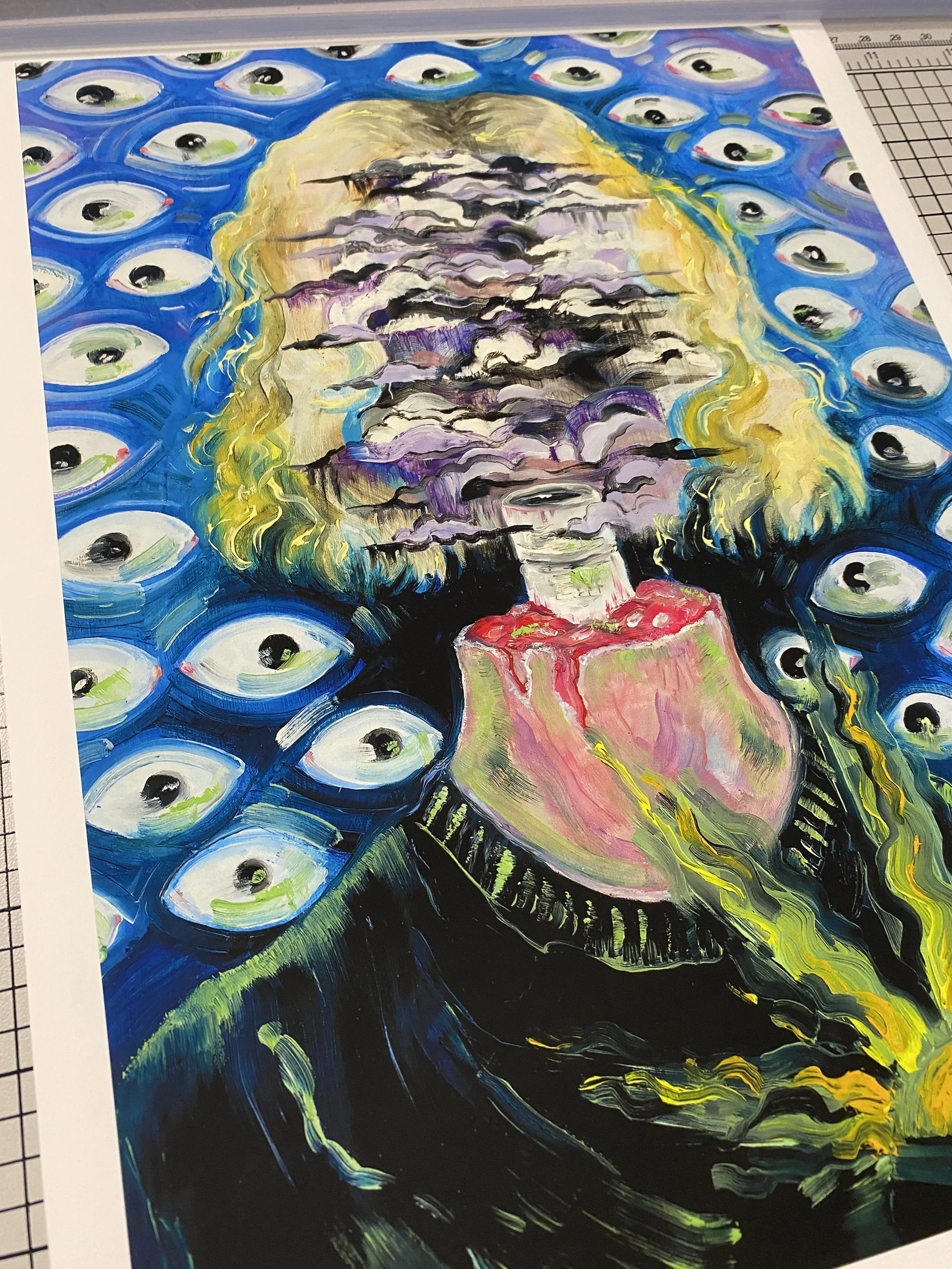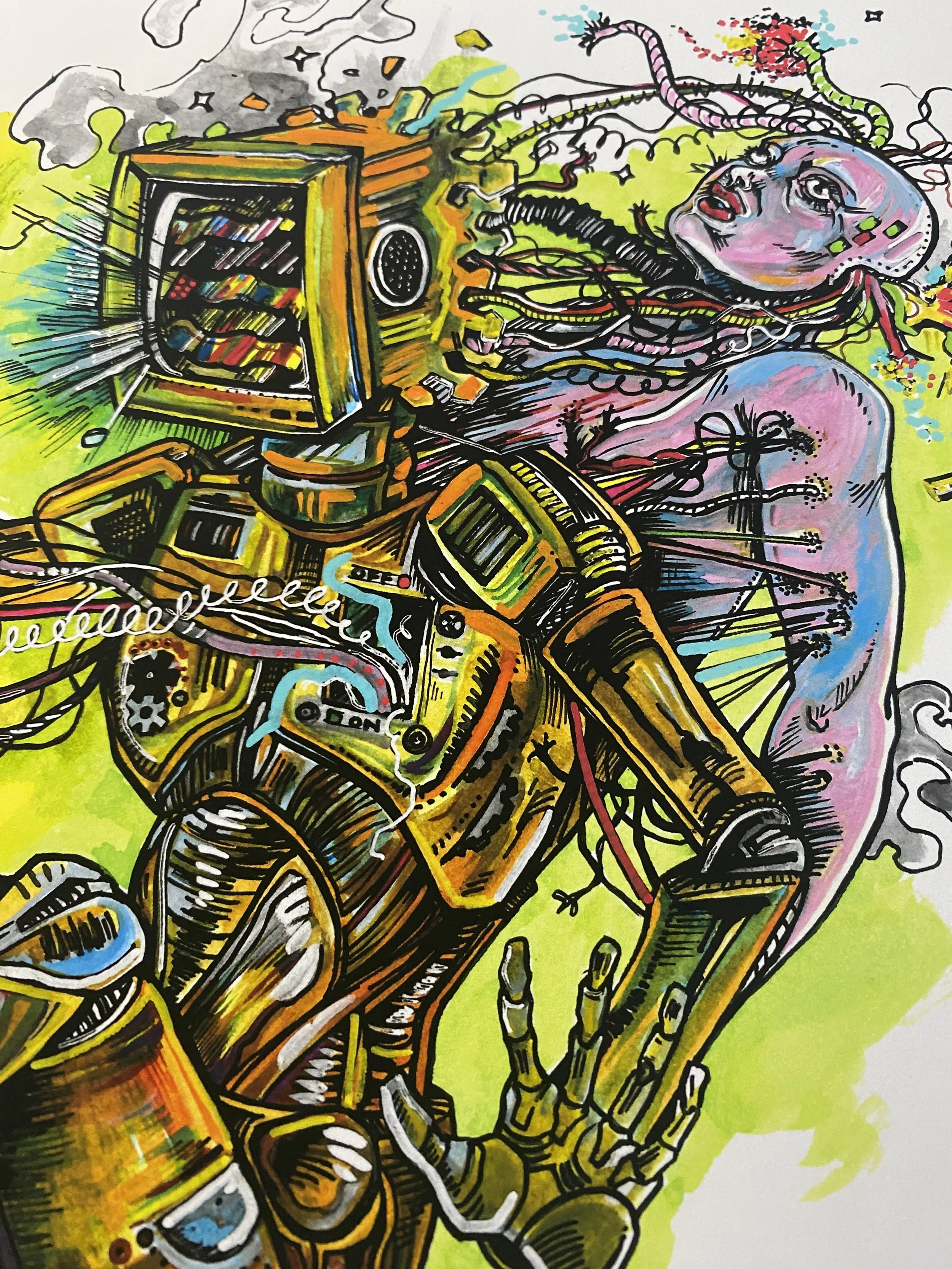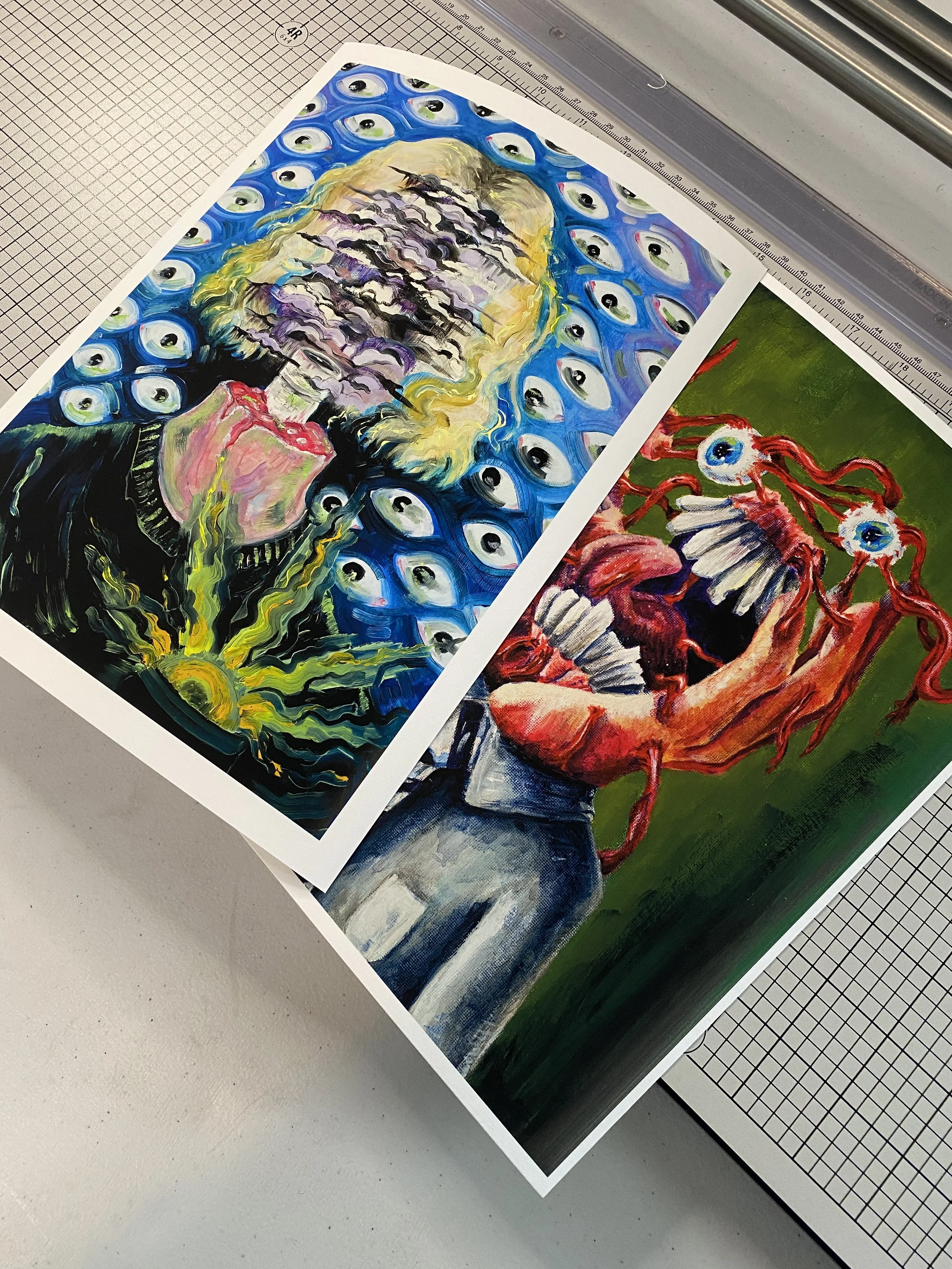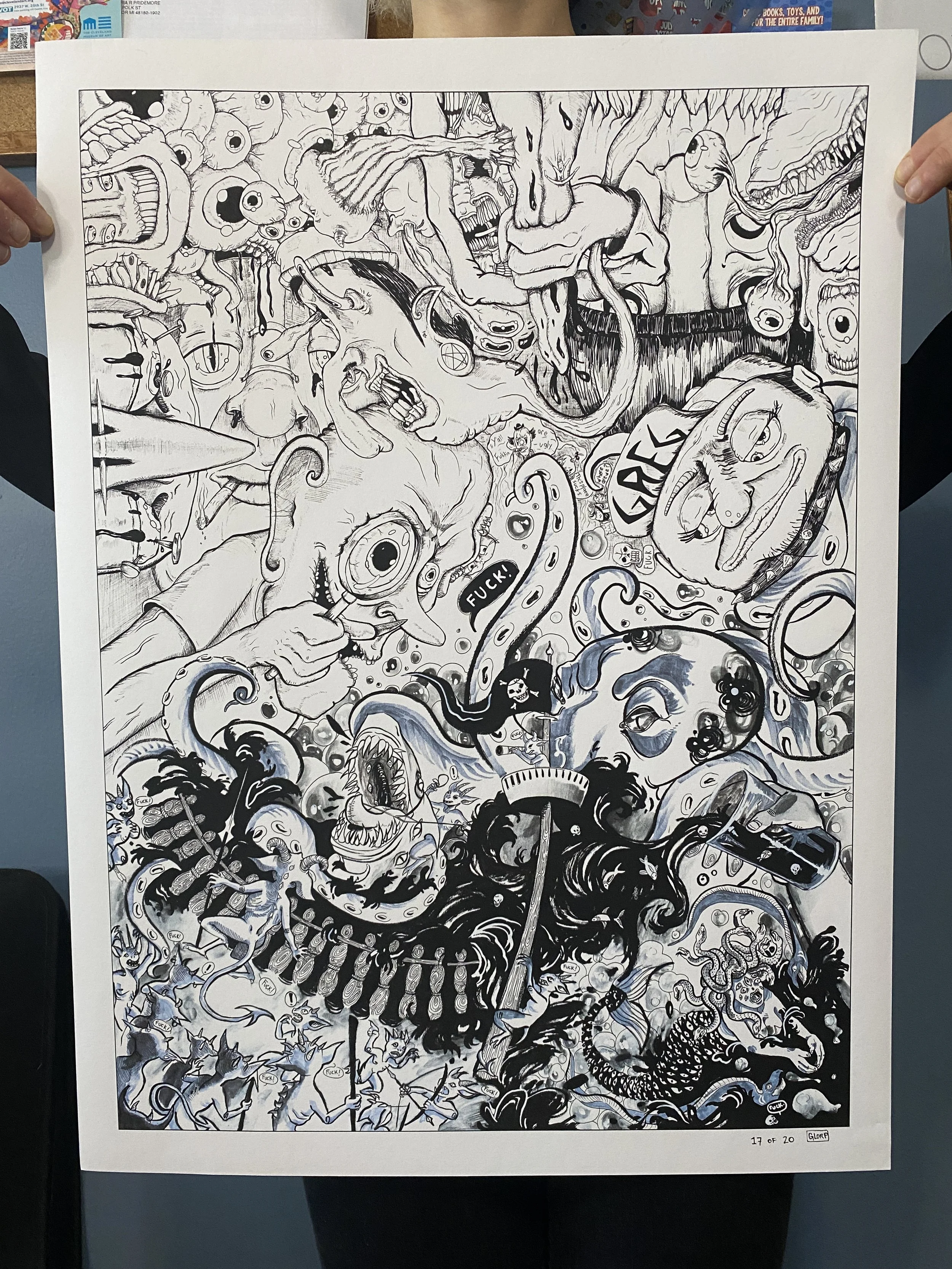Giclée you Say?
Geeee-clay? Or maybe jie-clei? It’s French okay, we don’t speak much French here. We’re going to give you the cliff notes version of what that means in today's world. Giclée, archival, fine art print - several sides of a similar coin assuming a coin has more than two sides. If you want a deeper dive into the history of the term, there’s a plethora of articles out there to scour online.
A modern giclée is twofold. The majority of inkjet printers these days are able to produce a giclée quality print. The two factors come down to the inks being used, and the media the ink is being applied to.
Inkjet printers using pigment based inks (like our Canon seen flexing to the left) fulfill the ink criteria. Some lower cost inkjet printers would be using dye based ink. While the color would still be good, we're looking for longevity here which a pigment can provide.
We use the good stuff
Our second factor, the paper. What you’re looking for is an acid-free material free of optical brightening agents. See Ian’s resounding approval via thumbs up. We’ve become quite fond of Moab papers at Gawk, but are always willing to work with what you prefer.
Creating a paper this way allows it to retain the paper's quality for longer than you’ll be alive! Using an archival paper with these qualities and applying a pigment based ink will give you solid, quality color for the same length of time. Permanence and longevity is the key here.
The main reason artists look to produce prints of this caliber is to provide an image to potential buyers that is more affordable than their original piece, but is a reproduction of equal image quality and longevity. Many artists love doing limited runs, signed editions, and embellishments on their giclées. This helps the prints themselves retain perceived value and make each one feel unique.
Above are some examples of our own work-two of which are in testing and will be available soon-that have been produced with our Canon Pro 2000 (pigment based inks) on to archival acid and OBA free papers. Adding in the front end workflow of proper color management, we can make these images really pop on almost any paper finish. We’re dedicated to the highest quality achievable and work our butts off to make accurate replications of all the work that comes in our door.
Thanks for reading!
As always, if you have any questions about this or any other printing topics, hit us up! We’d love to chat about your art and what you’re looking to accomplish with a production run. See you next month!
